Gray Fox is complete. Porcupine is the next critter in line. We’ve seen evidence of a porcupine in our backyard, so he belongs in this drawloom parade.
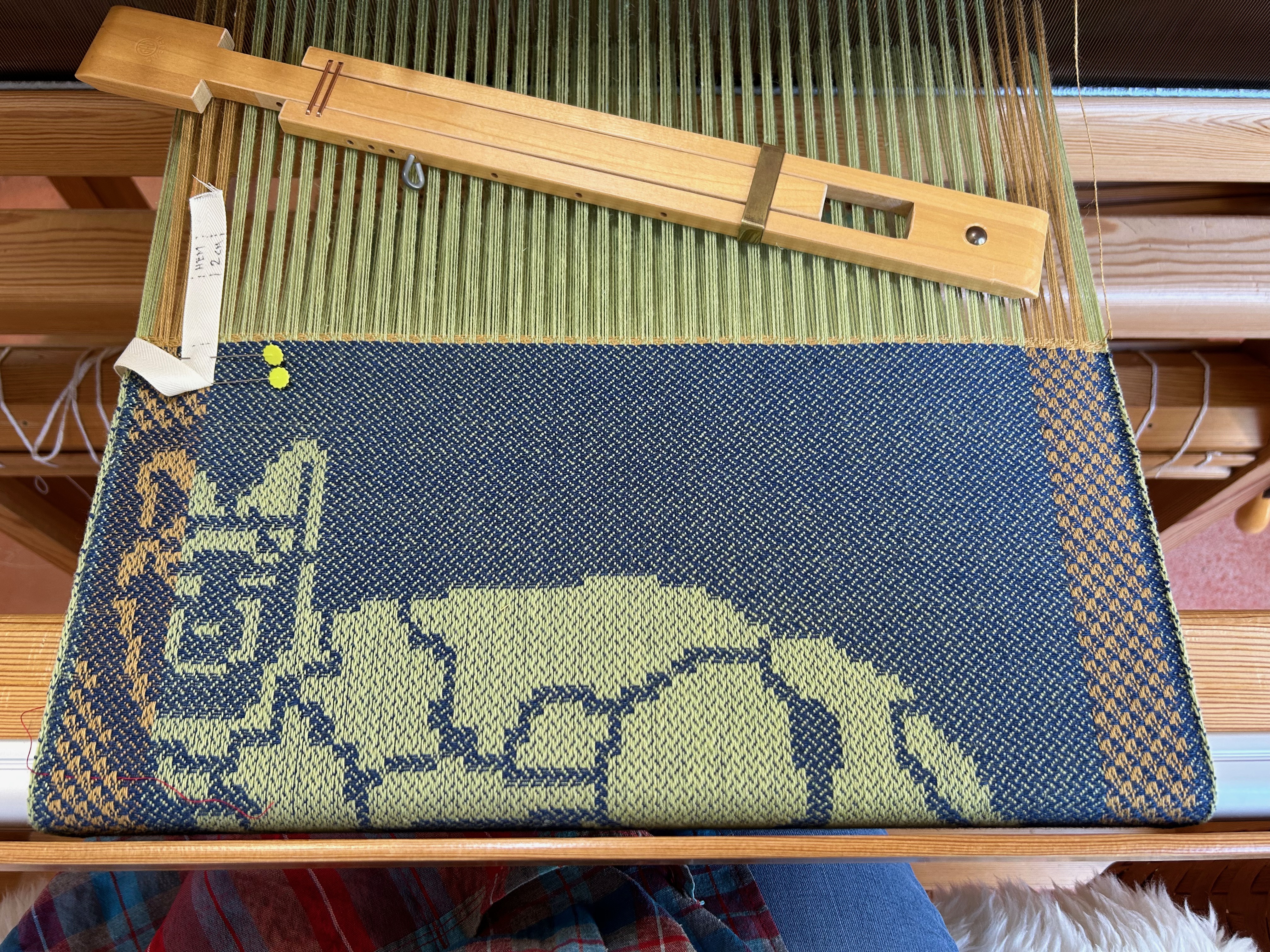
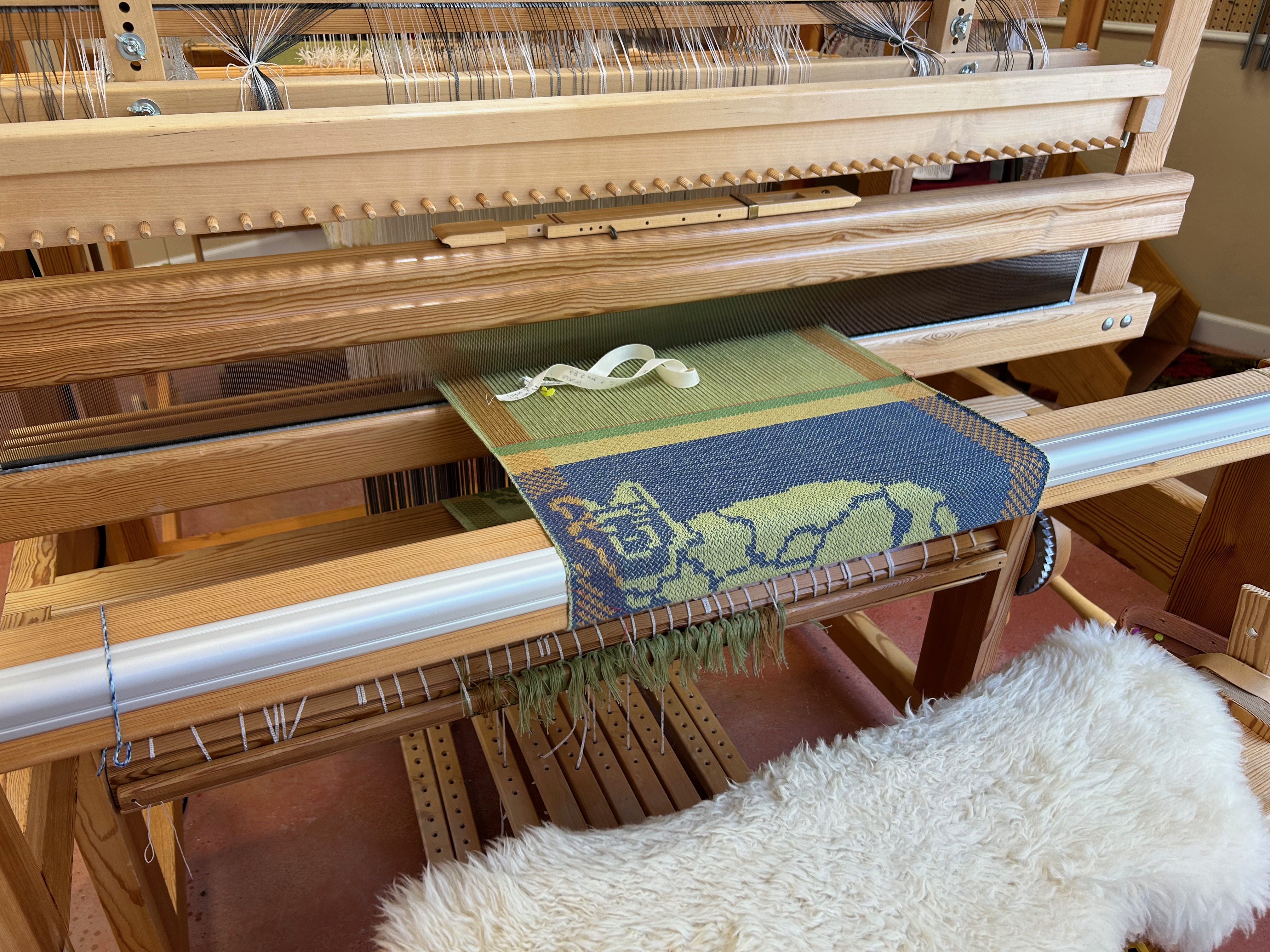
May you find interesting critters near you.
Happy Weaving,
Karen
a handweaver's journey
Gray Fox is complete. Porcupine is the next critter in line. We’ve seen evidence of a porcupine in our backyard, so he belongs in this drawloom parade.


May you find interesting critters near you.
Happy Weaving,
Karen
My husband and I coined the word “lapkin” when our children were young. Lap + napkin = lapkin. We wanted our children to learn the courtesy of placing a napkin on their lap when they were seated for a meal. “Lapkin check!” was a fun game we made of it. The armadillo on the drawloom is a lapkin, if I ever saw one. This thirsty cloth will soak up any drips and spills, smeary hands, or messy mouths that come in contact with it.
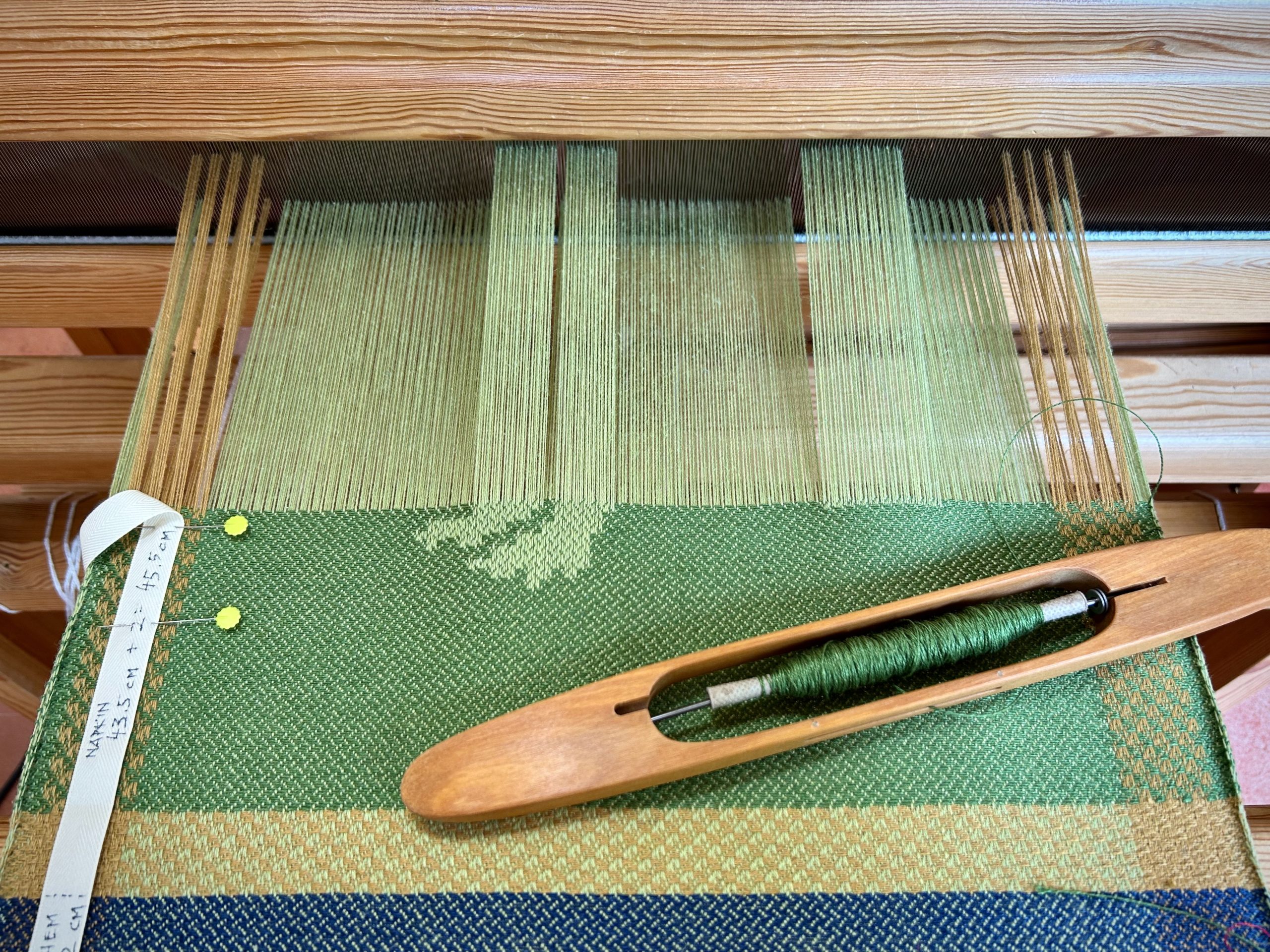
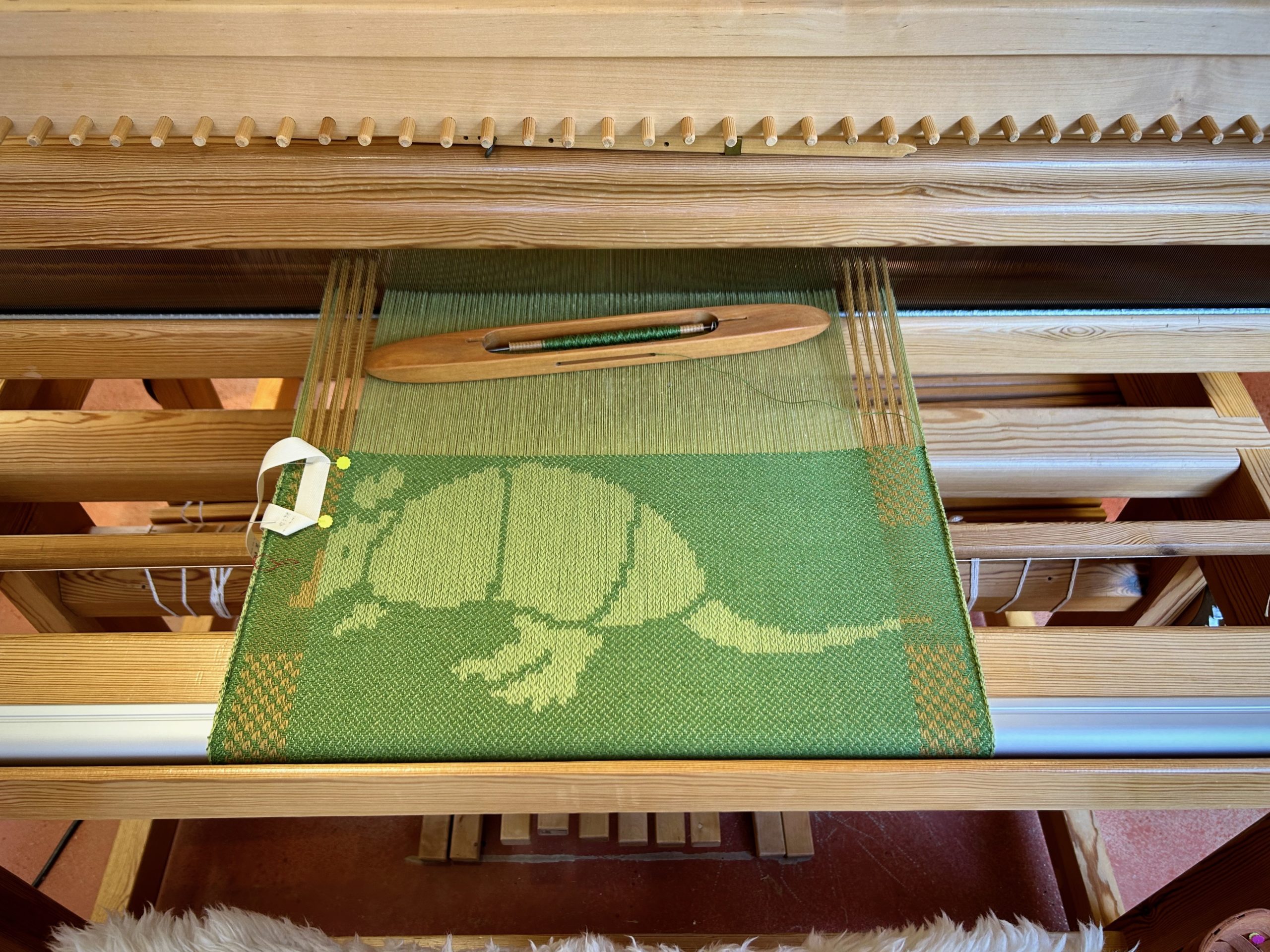
Armadillo is the first of a dozen critters that will parade across this loom. Armadillo napkin is the only one of its kind. I’m certain of that. (Fox is up next.)
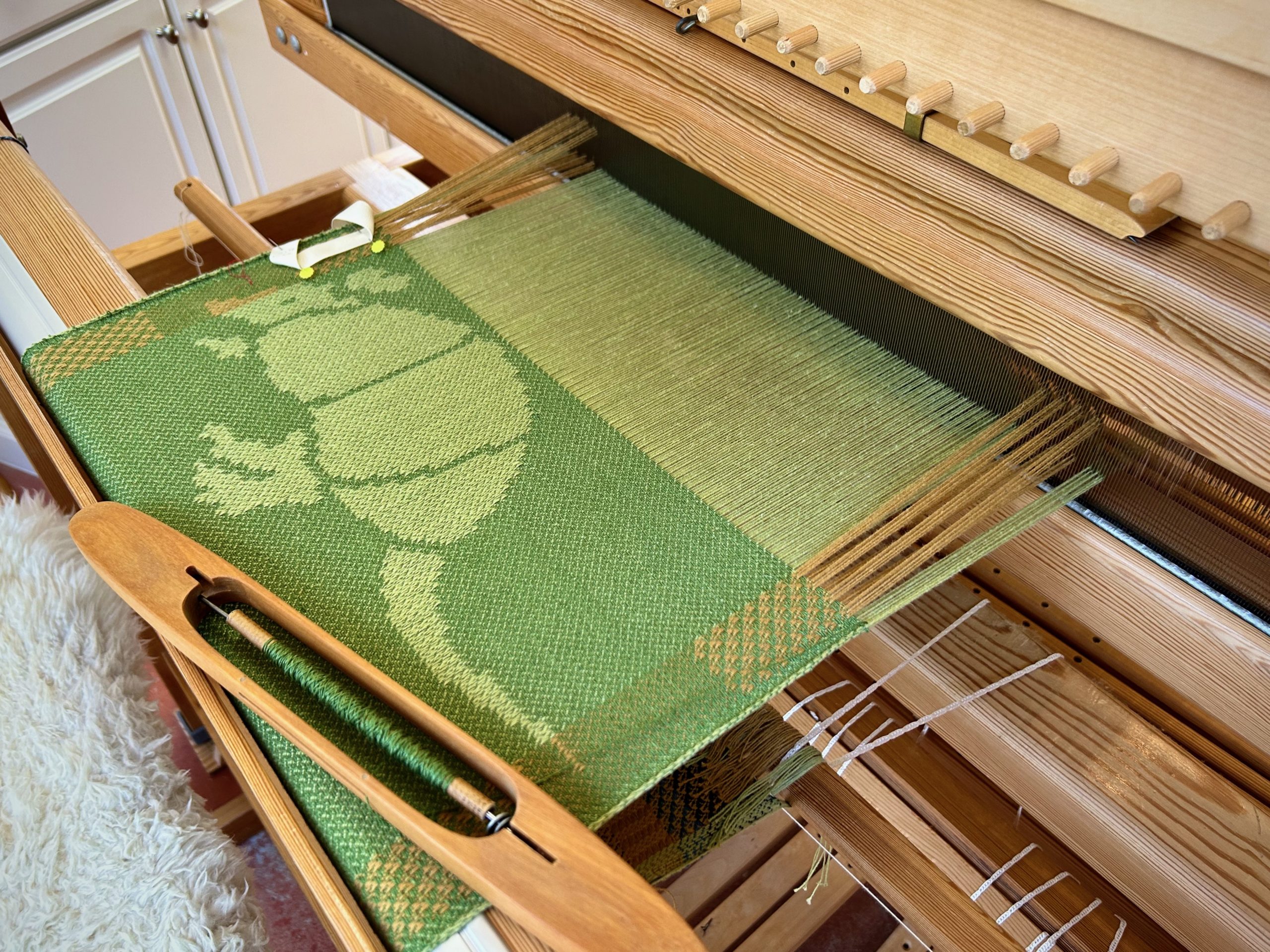
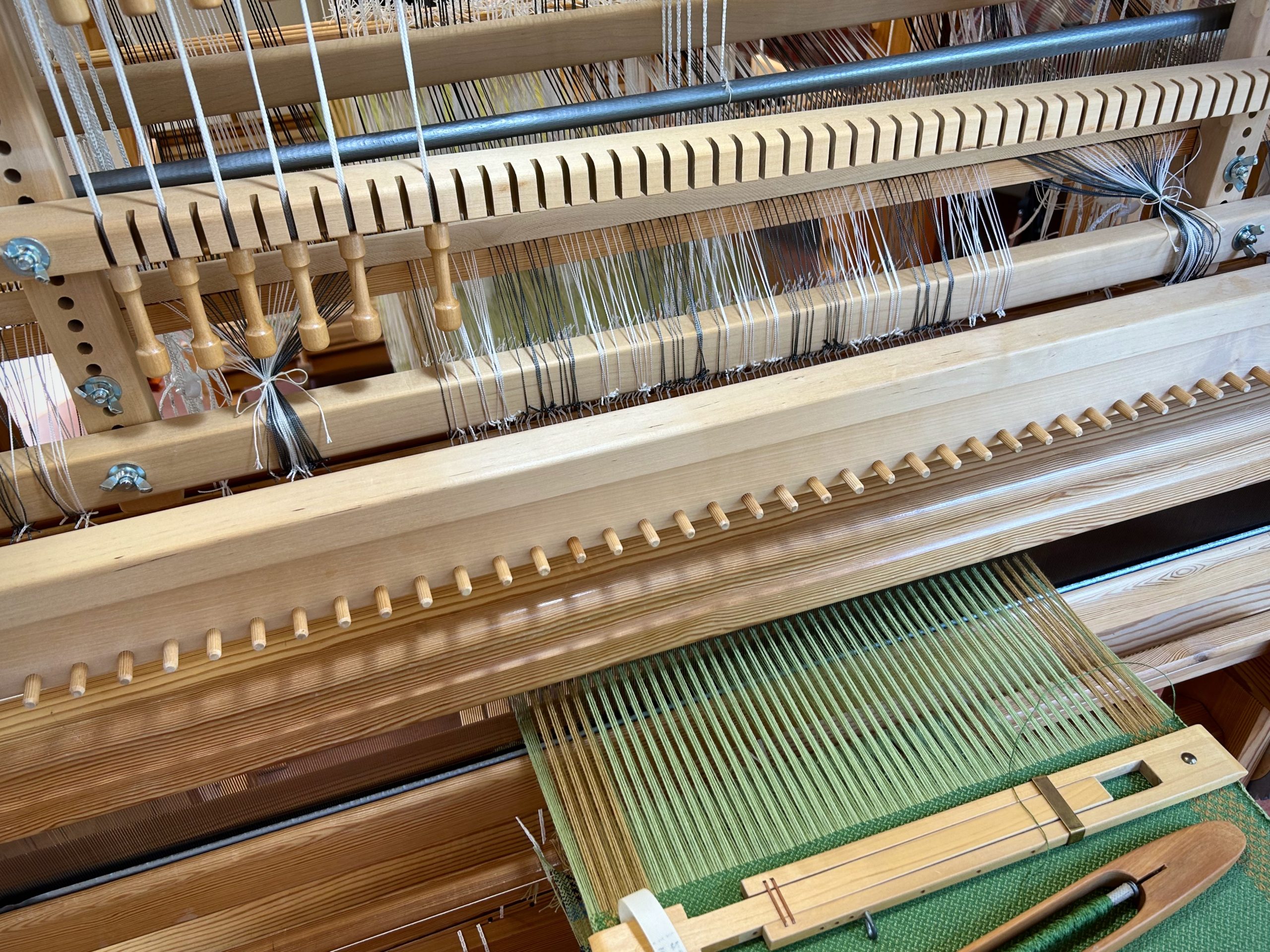
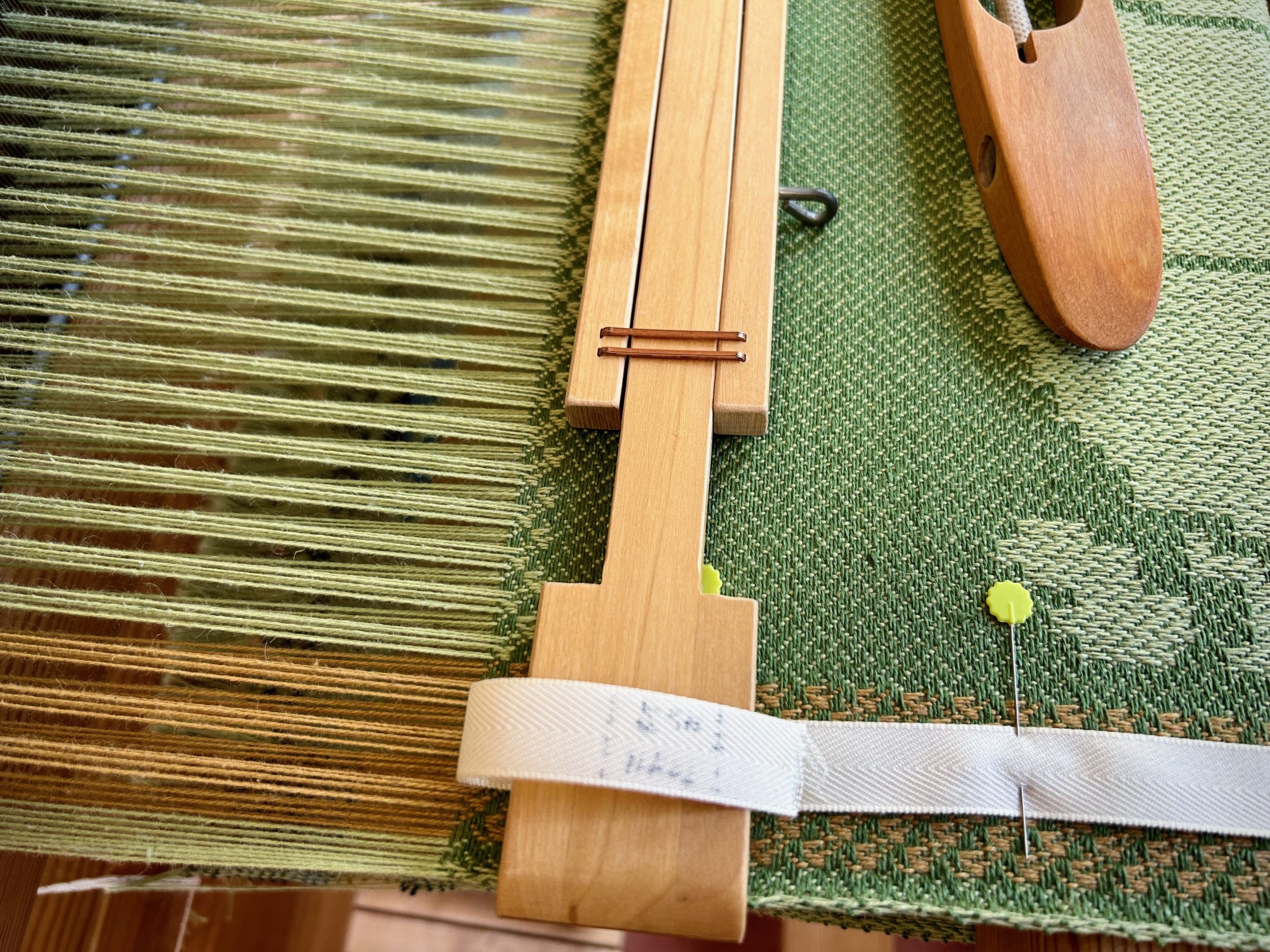
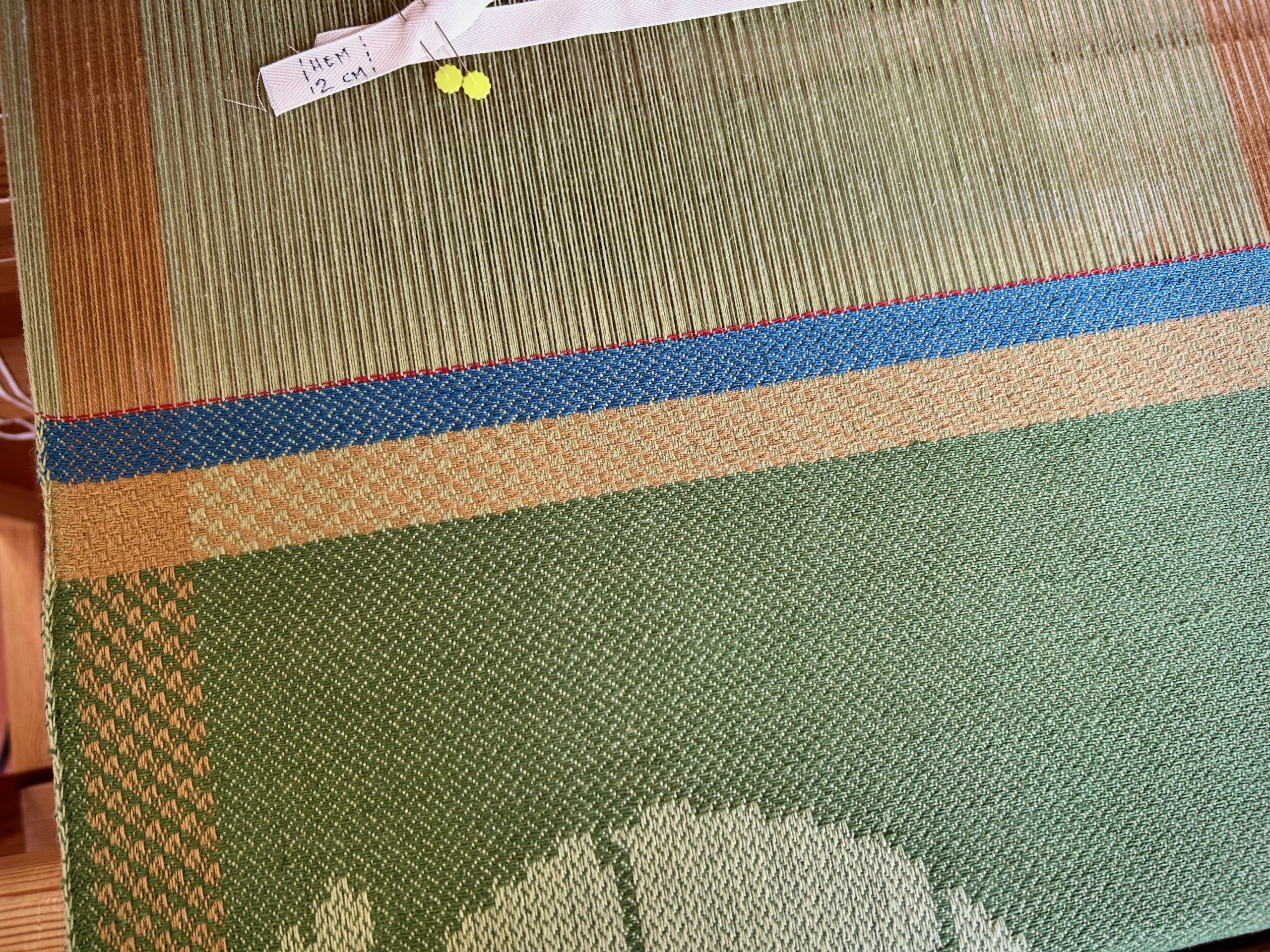
Lapkins give us a discreet way to stay tidy at the table. Armadillo, however, doesn’t intend to stay discreet. I’m pretty certain of that, too.
May your courtesy lessons be fun.
Happy weaving.
Karen
It pays to check your work. I have reached a new level of experience in distributing patterns shafts. I know how to do it backwards and forwards now. Literally. Unfortunately, I moved almost all of the pattern shafts before noticing that the spacing between units is not quite right. Uh oh! So, one by one, I reversed the distribution of pattern shafts to get back to the point of error—the very beginning. The reverse move was …more complicated.
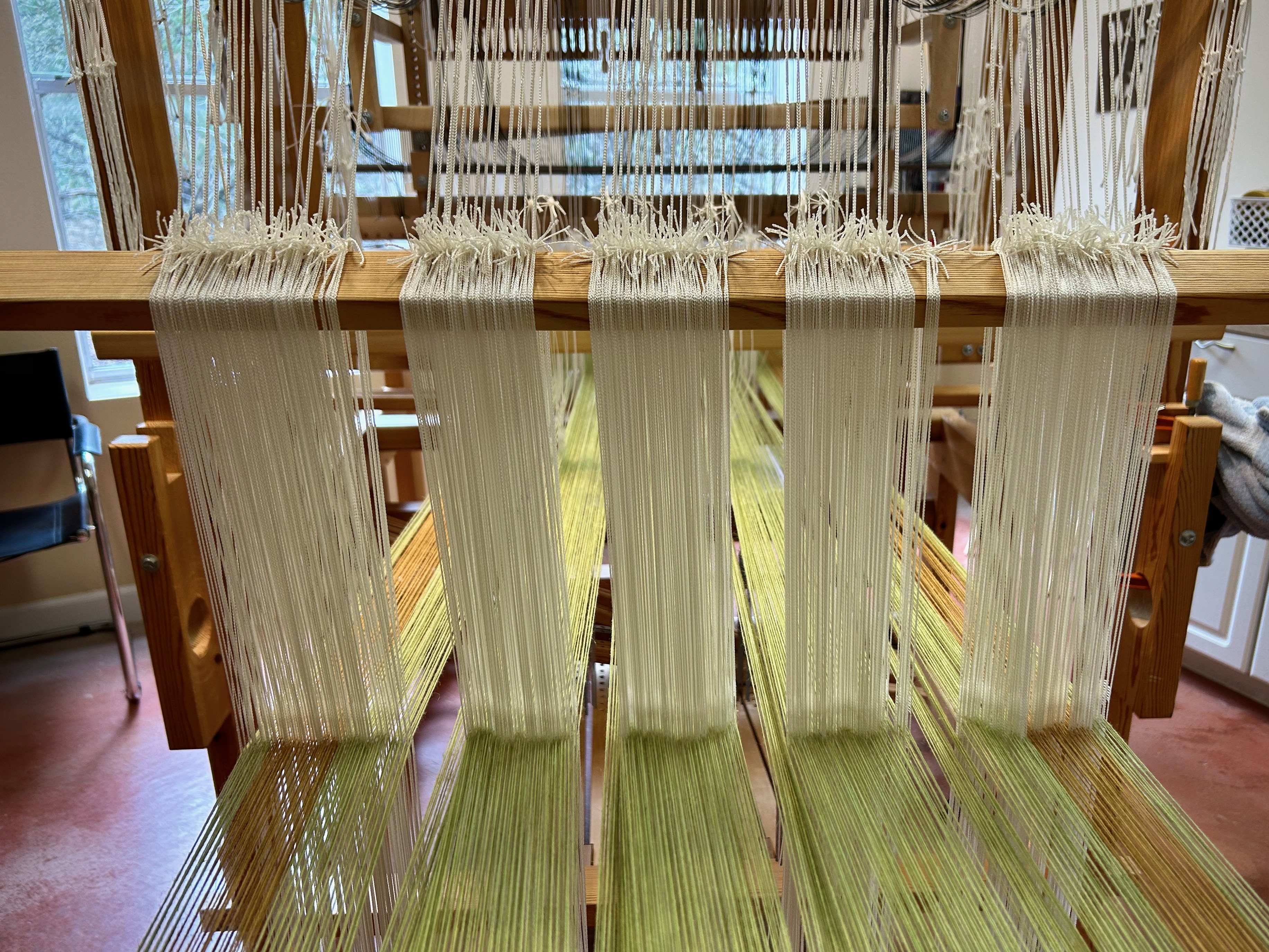
Lesson learned: Check my work. I am off by only one unit of threads. That small miss, however, is enough to sabotage the whole project if not corrected. The sooner I check my work against the master plan the better. Fortunately, everything at the loom is fixable. It’s never too late to start again.
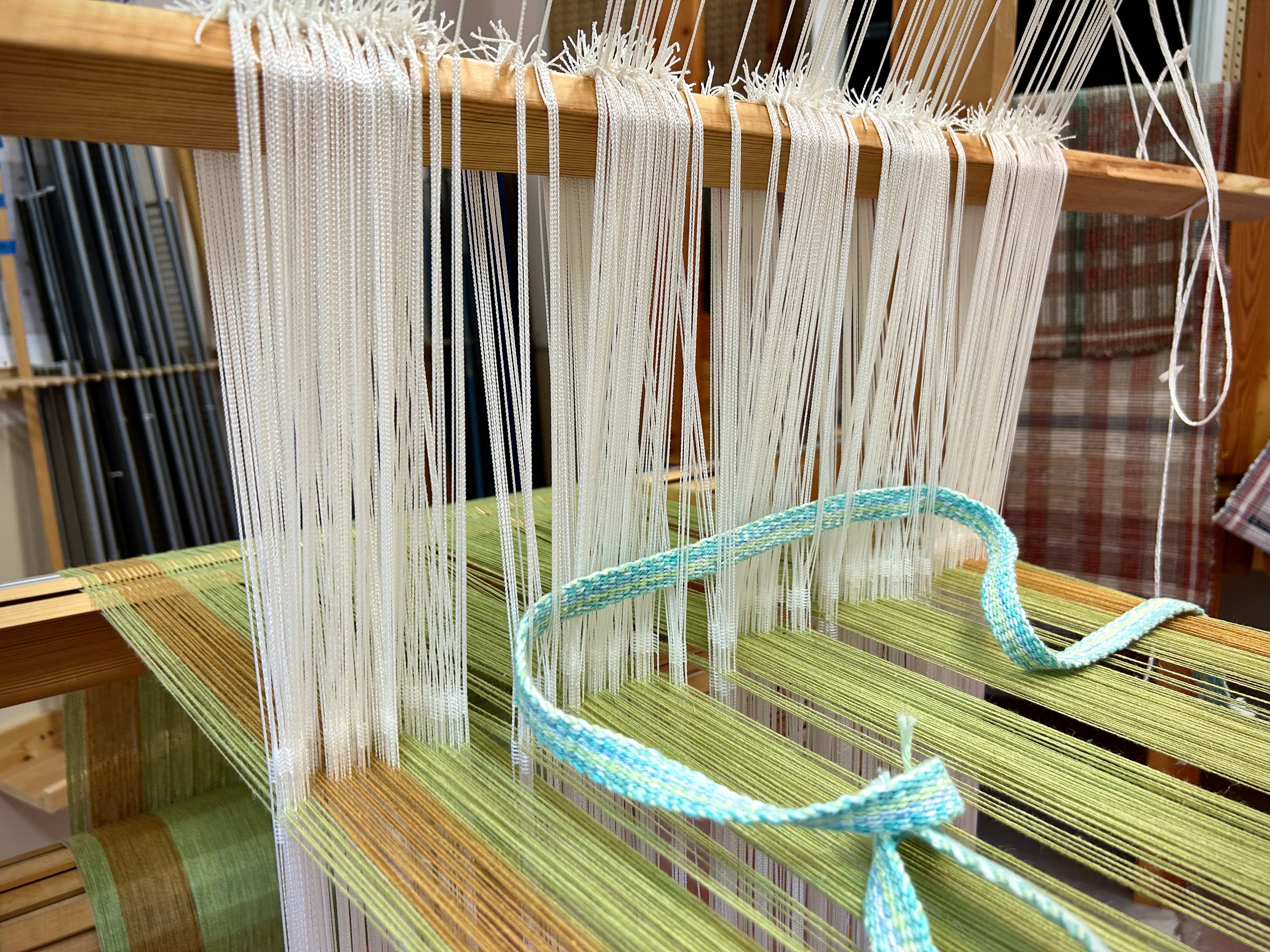
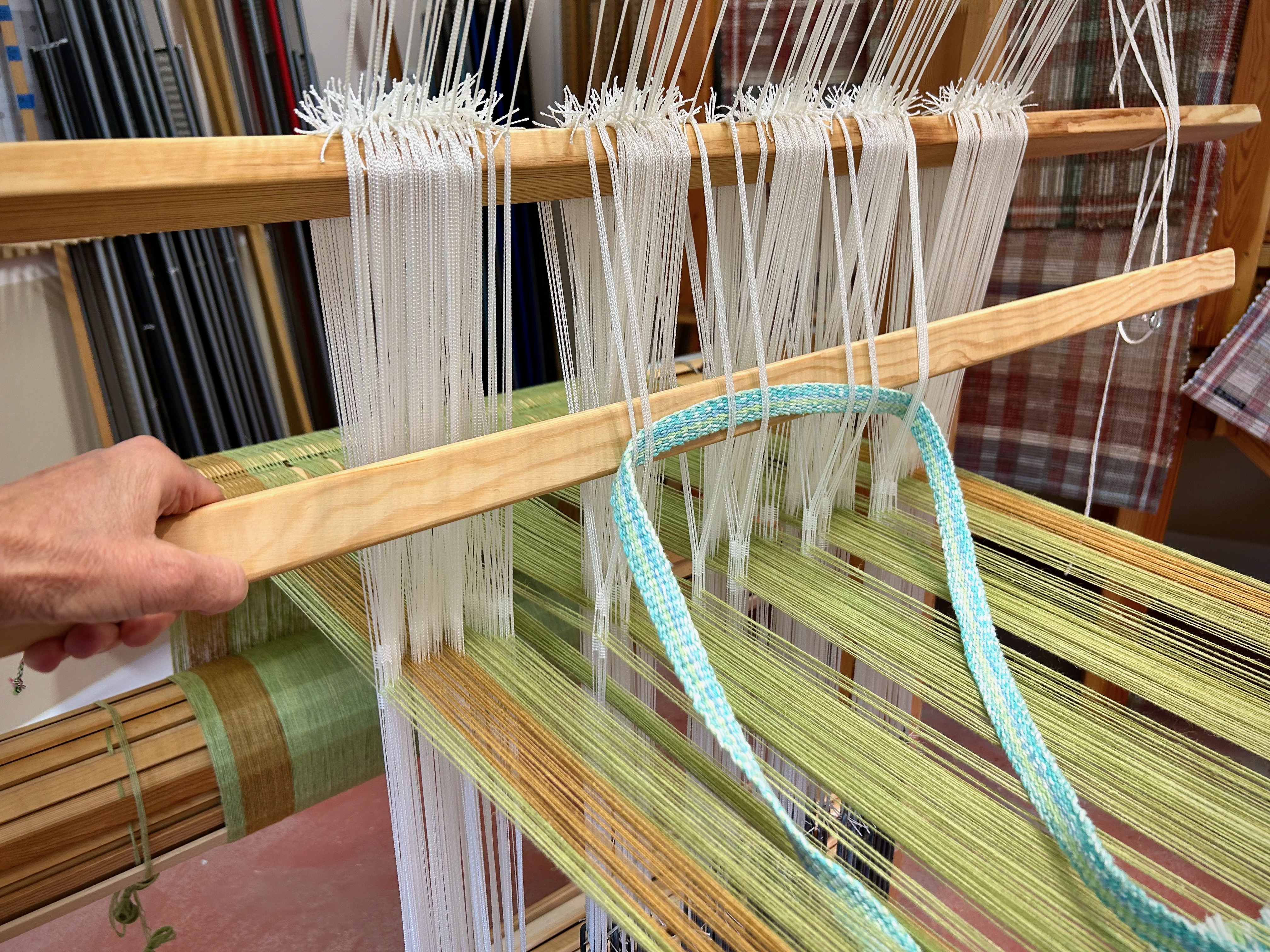
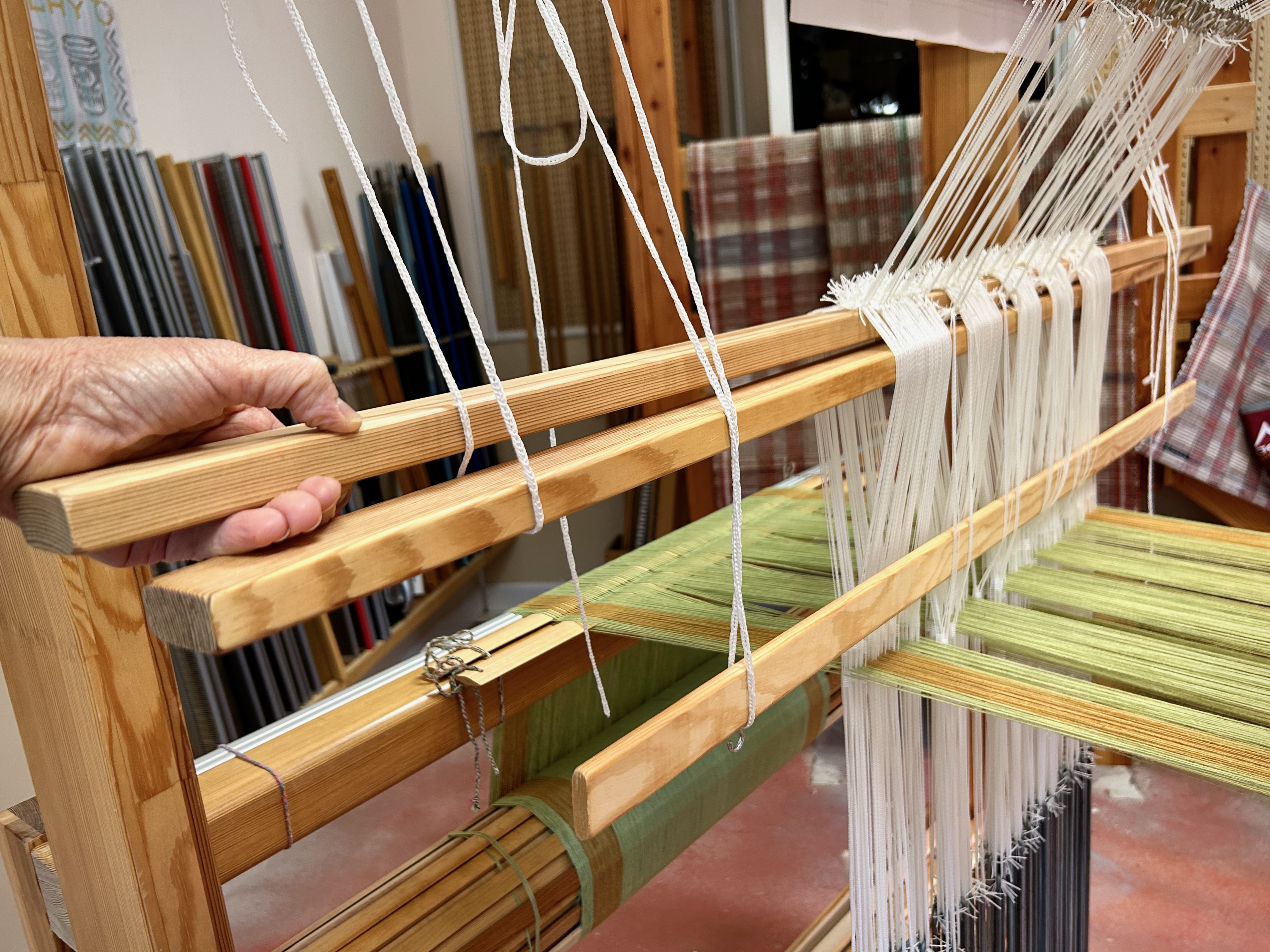
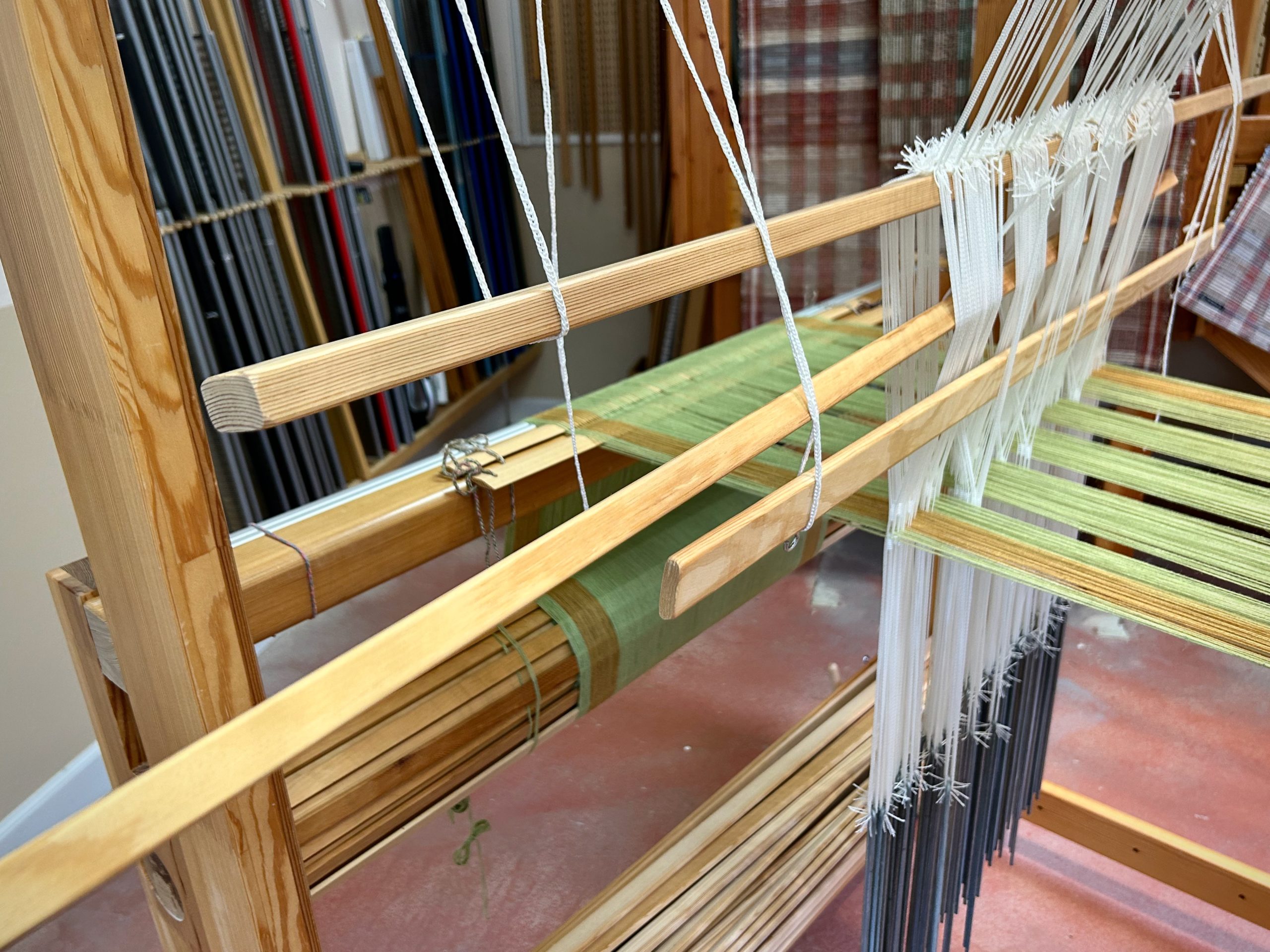
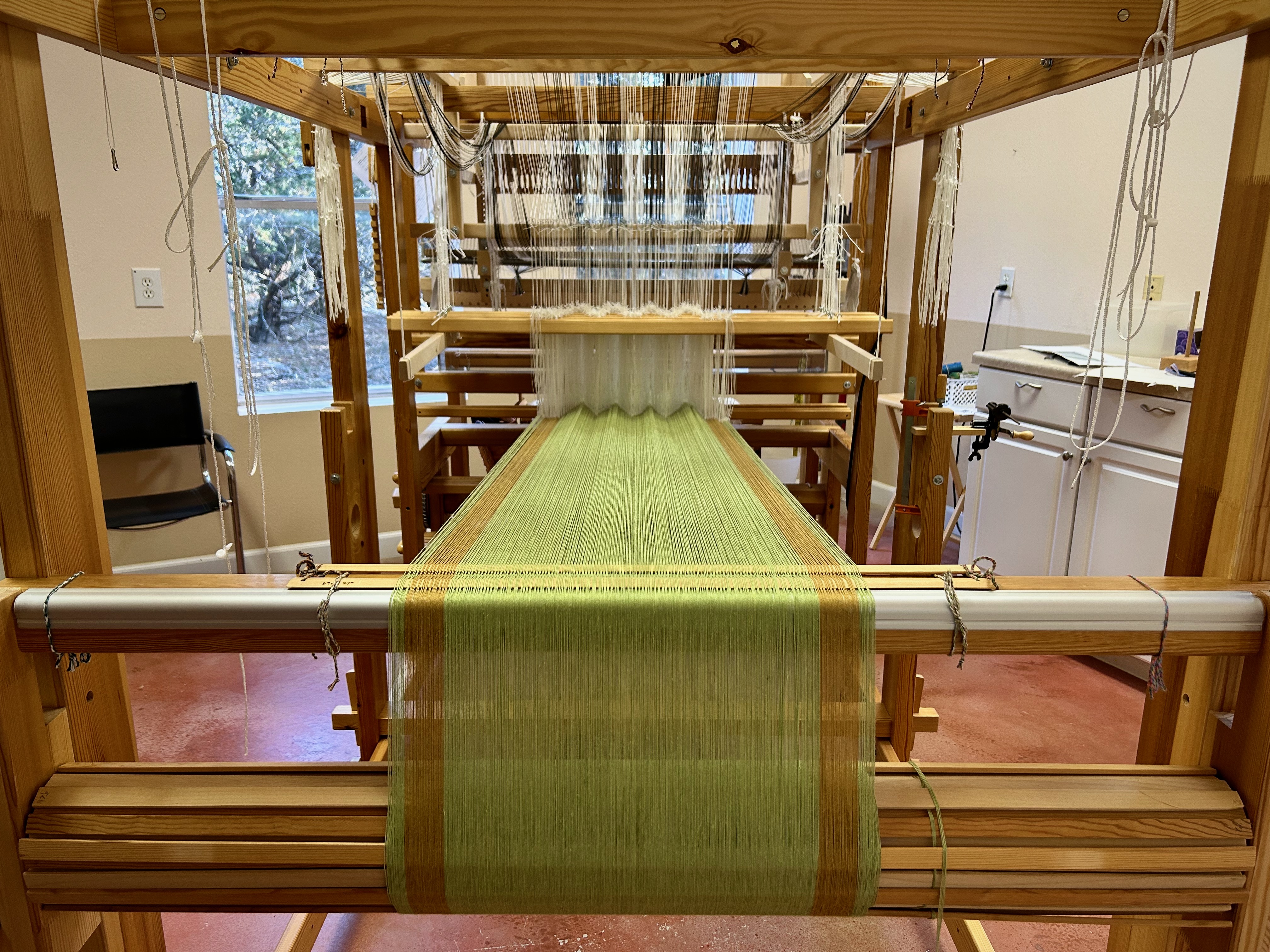
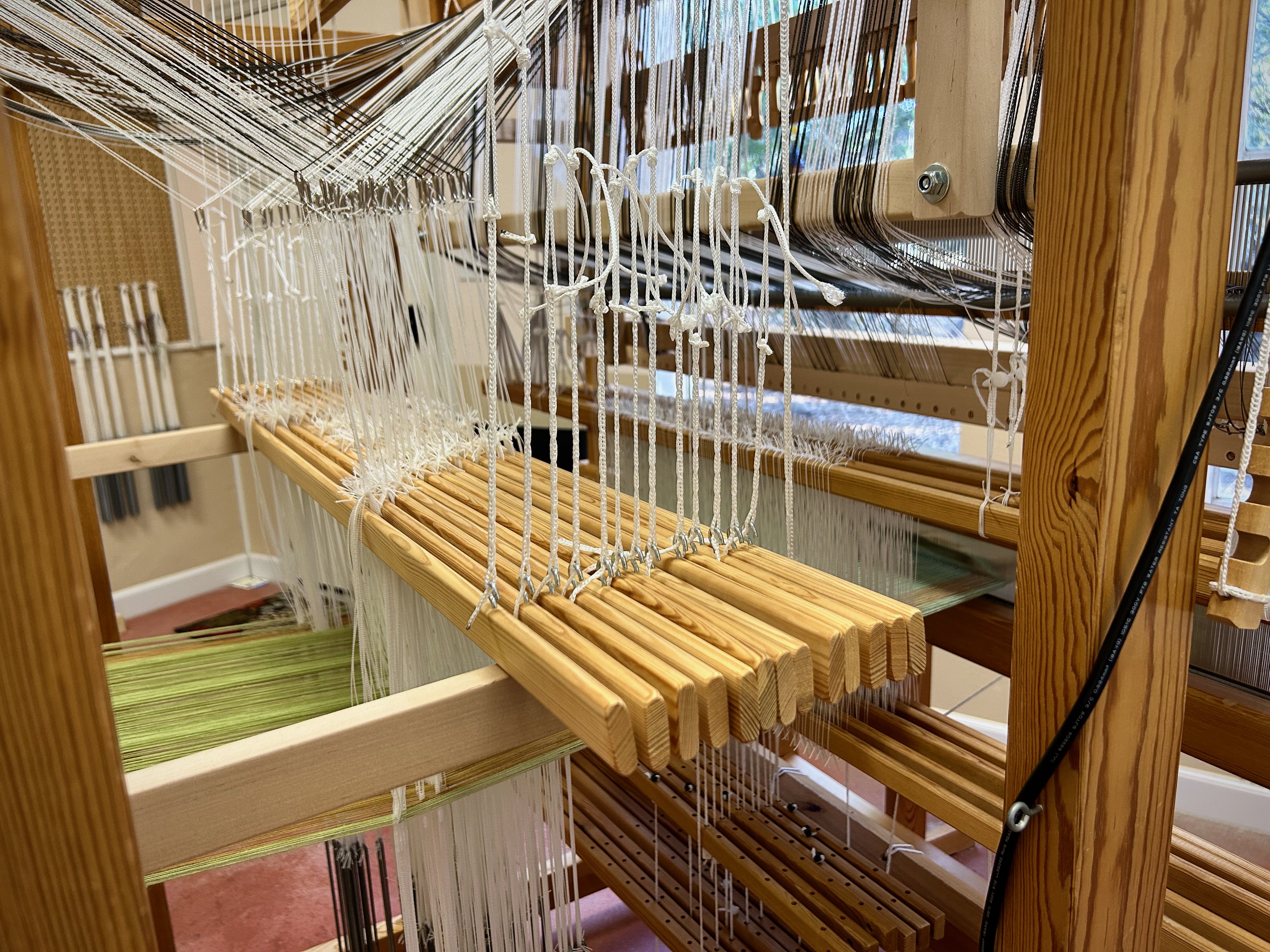
The sooner I check my life against God’s master plan the better. Fortunately, everything is forgivable. It’s never too late to start again.
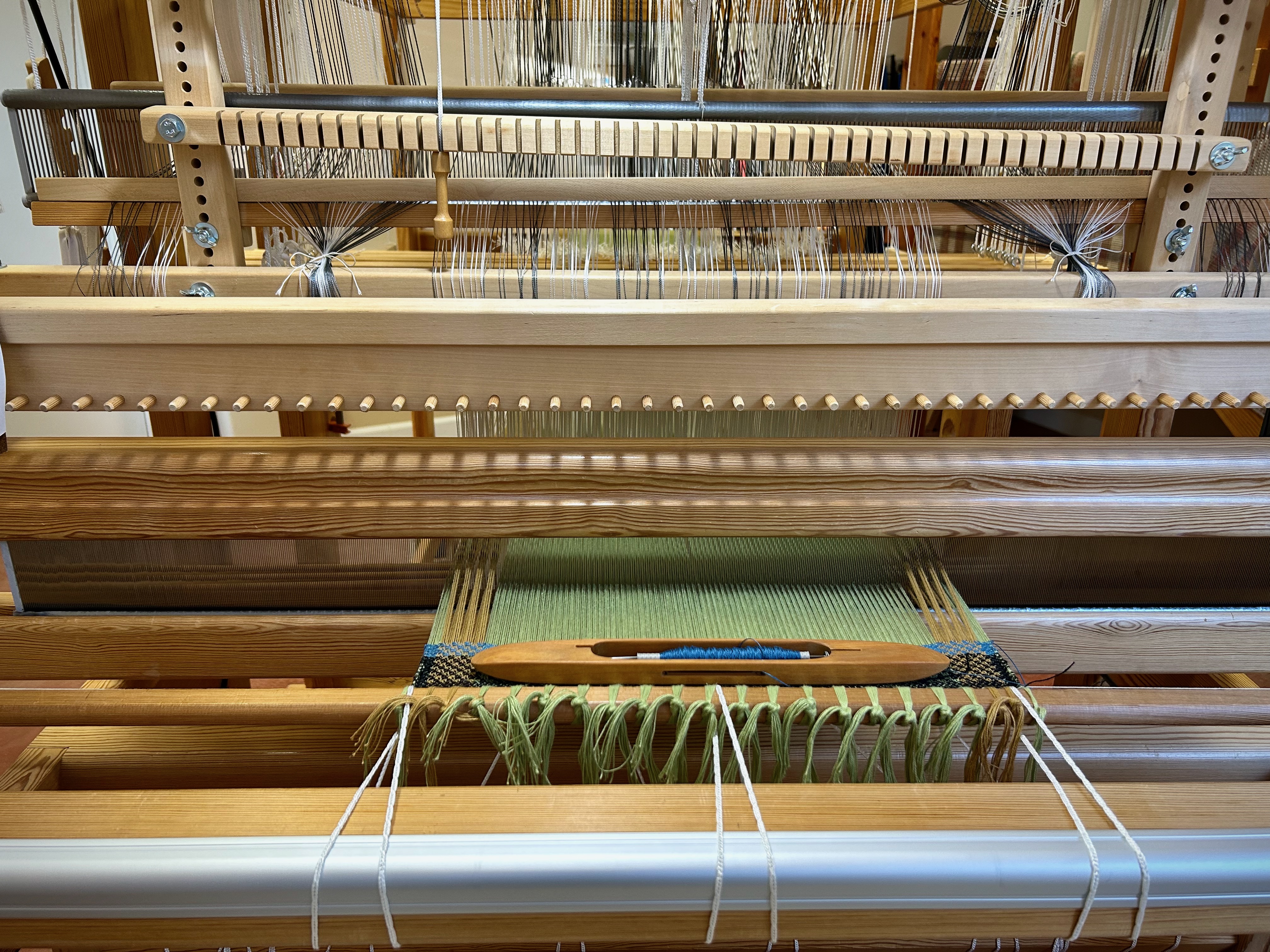
May you check for accuracy sooner than later.
Be blessed,
Karen
I am imagining Texas hill country critters (and birds) that will make their way onto the family napkins I’m getting ready to weave. I am thinking of an armadillo, a jack rabbit, a gray fox, a roadrunner, a Texas longhorn, a Texas spiny lizard, a black-chinned hummingbird, and a few more. Designing each image for the drawloom is fun. Just wait till you see the armadillo!
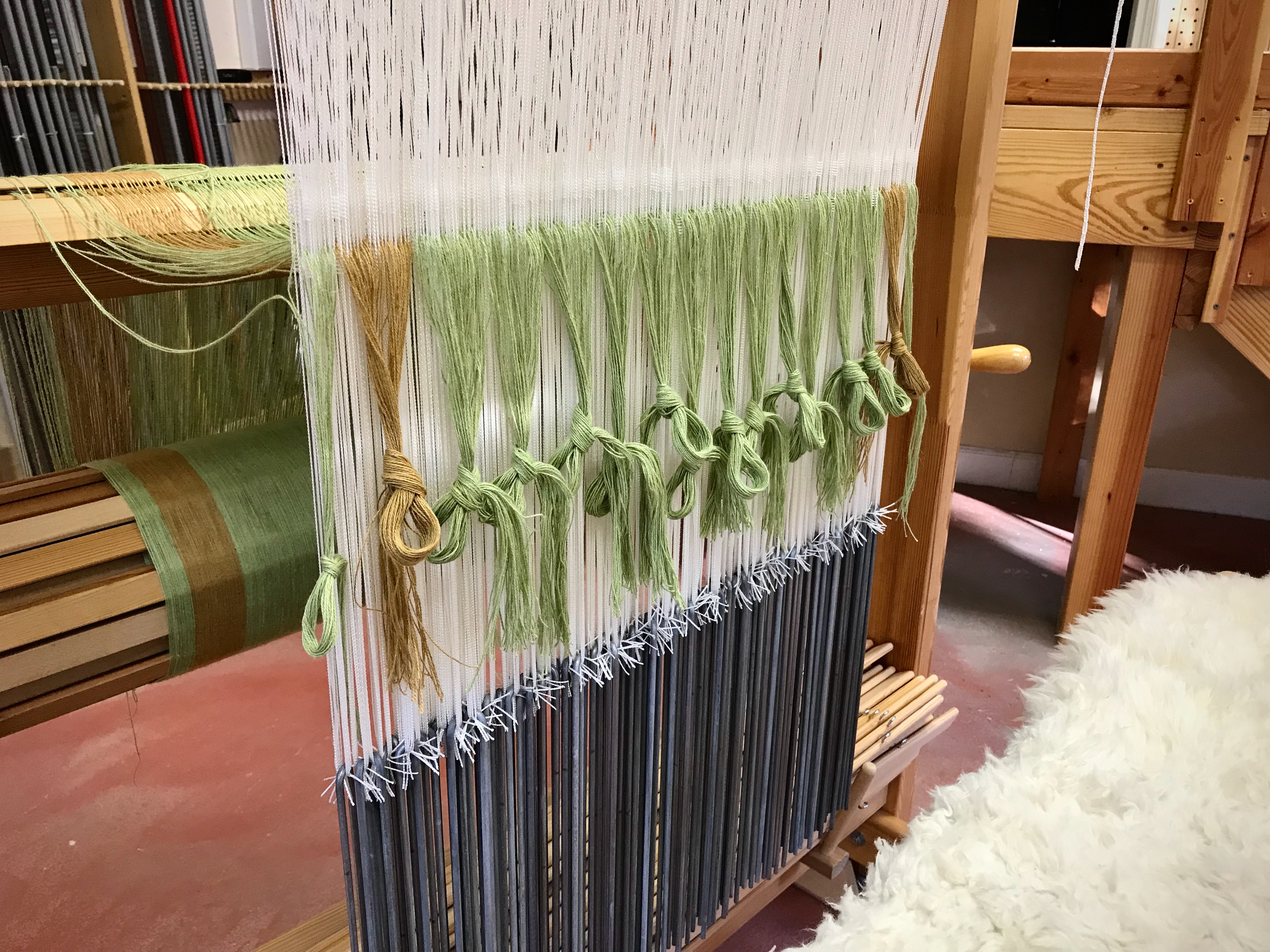
Preparation makes way for imaginative creativity. This is why I enjoy all the drawloom prep.
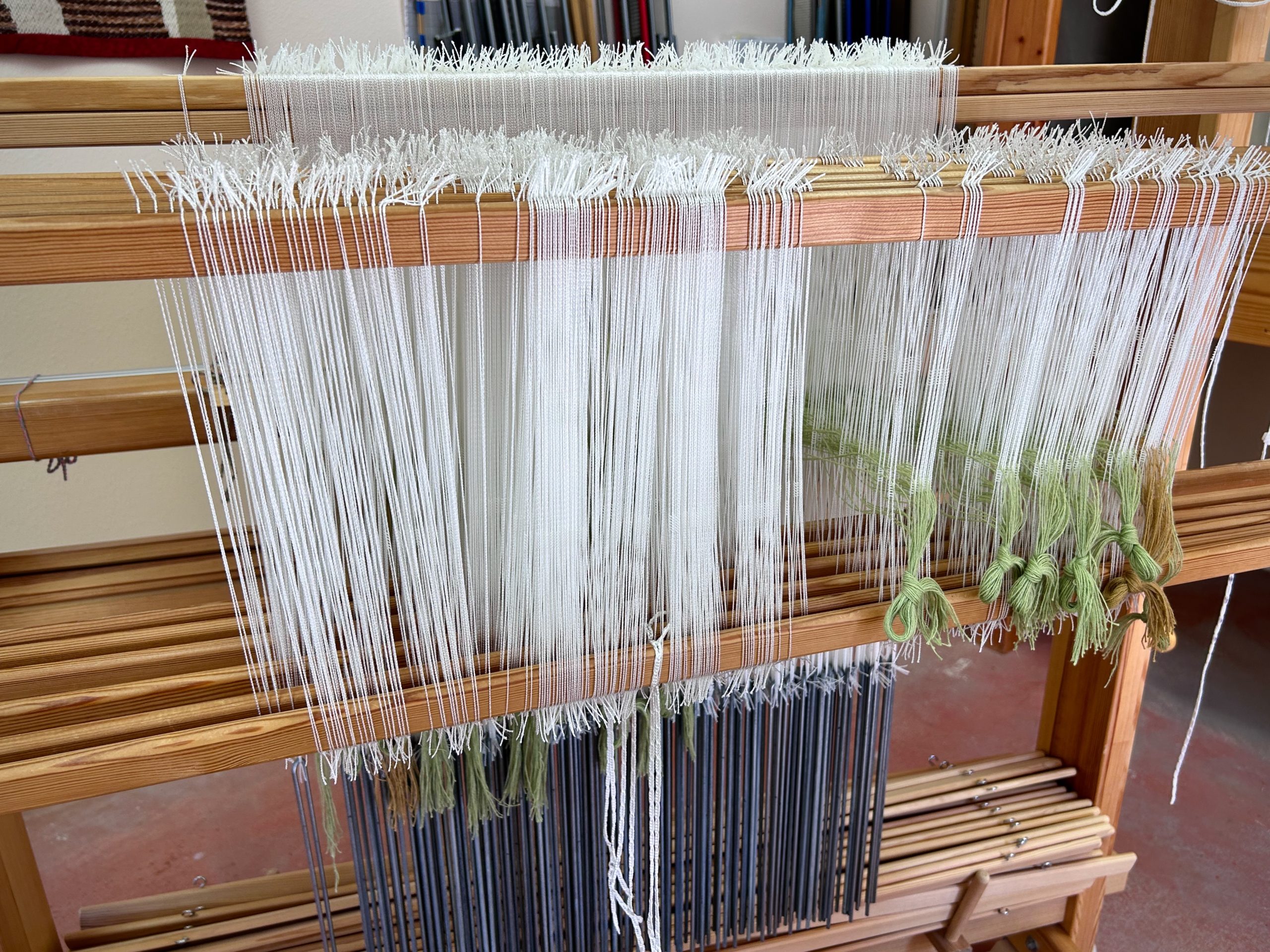
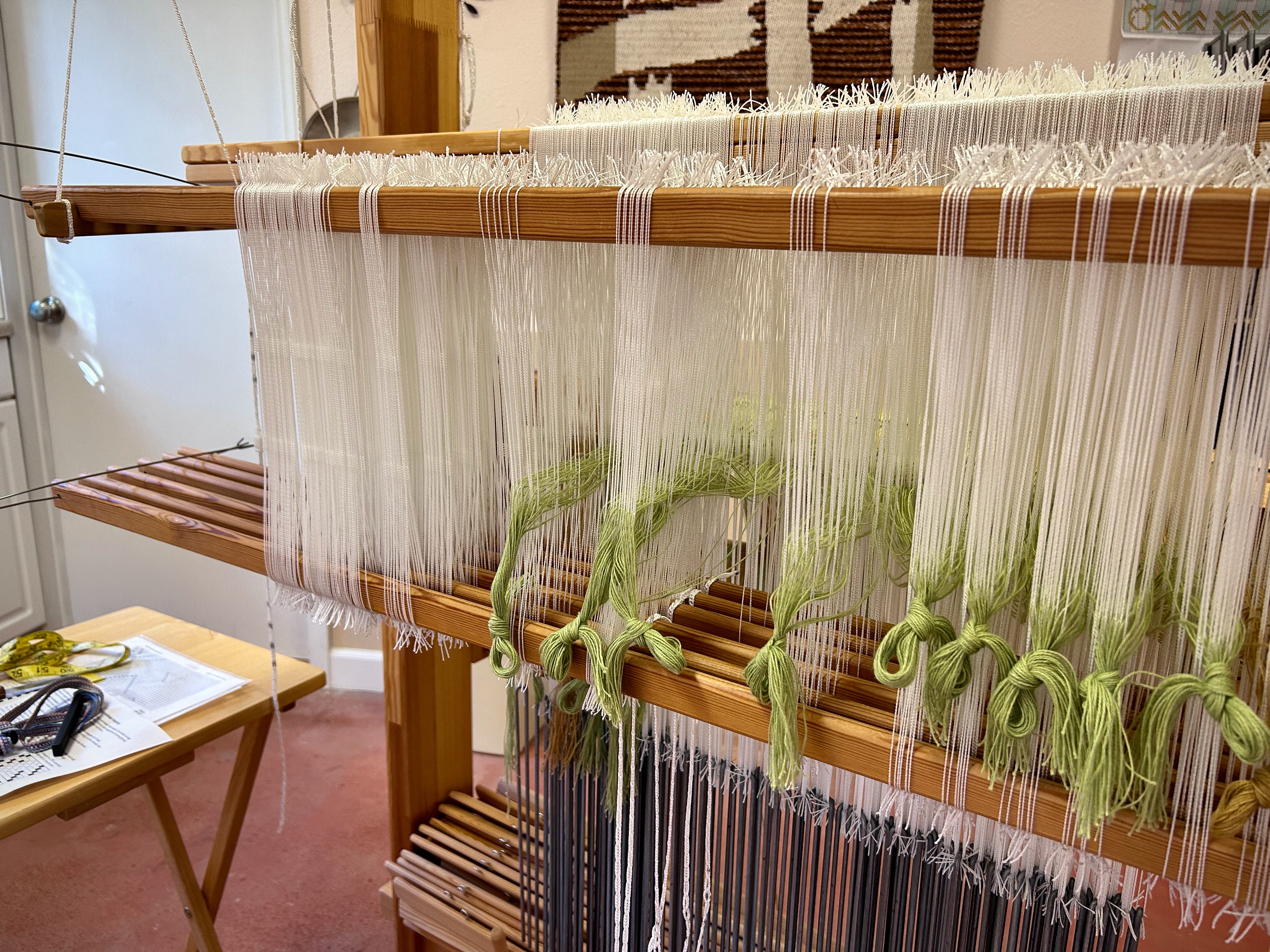
Everything we do today is preparing for something tomorrow. Enjoy today. Look forward to tomorrow.
What critters (or birds) would you include if you were designing these napkins? Tell us in the comments!
May your creativity soar in relation to your diligent preparations.
Happy weaving,
Karen
IMPORTANT NEWS for Those Who Receive Warped for Good by Email:
Email subscriptions are ending April 11, 2023. Warped for Good posts will not arrive by email after that date. Stay tuned! I will tell more about this change next week.
IMPORTANT NOTICE: Warped for Good is the story of my weaving journey and is NOT ending! I will continue to share my weaving adventures right here.